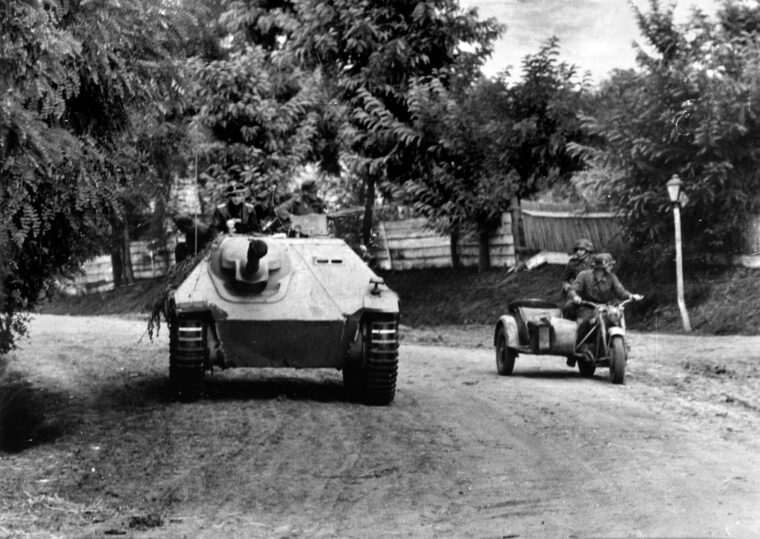
Eastern Front
WWII Weapons: The Hetzer Tank Destroyer
By Robert CashnerBy 1943 it was obvious to the Germans that their tank production could not keep pace with battlefield losses. Read more
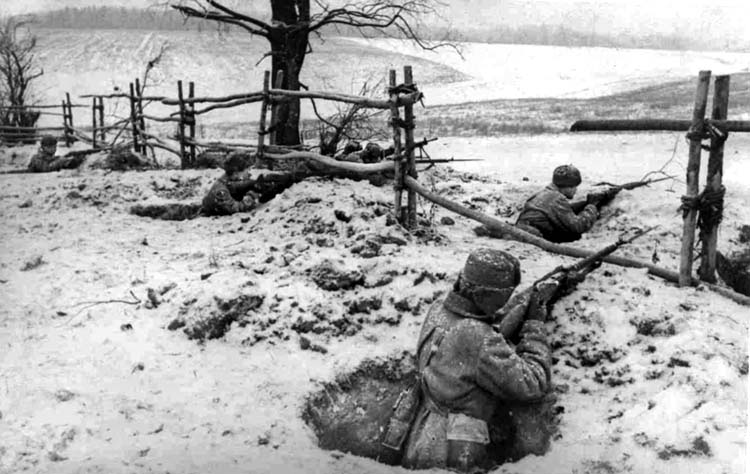
The Eastern Front during World War II includes the area of military confrontation involving the Soviet Union and Nazi Germany. The Soviet Red Army and the Nazi Wehrmacht clashed along the extended Eastern Front, which stretched thousands of miles from the Black Sea in the south to Finland and the approaches to the Arctic Circle in the north.

Eastern Front
By 1943 it was obvious to the Germans that their tank production could not keep pace with battlefield losses. Read more
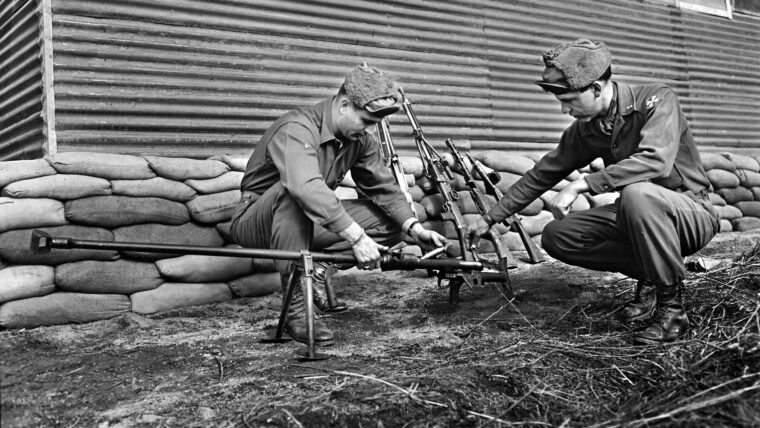
Eastern Front
Ever since the tank appeared on the battlefield during World War I, armies the world over have sought to field man-portable infantry antitank weapons to give the infantryman a viable defense against the metal monsters. Read more
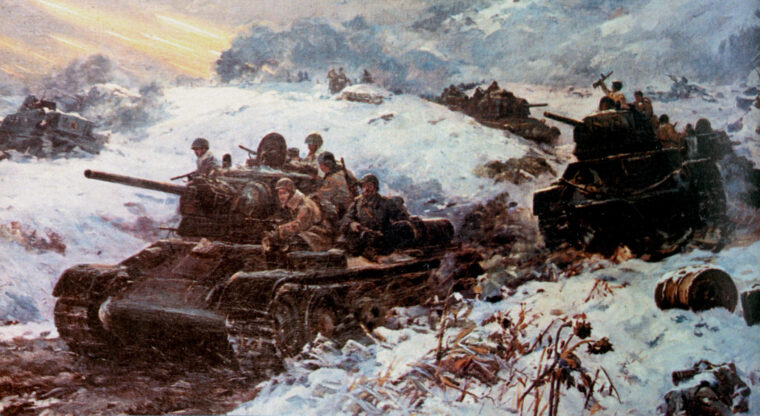
Eastern Front
In 1942, careworn Nazi Führer Adolf Hitler lamented to his military intimates at his Wolf’s Lair headquarters near Rastenburg in East Prussia, “If I had known that there were so many of them, I would have had second thoughts about invading!” Read more
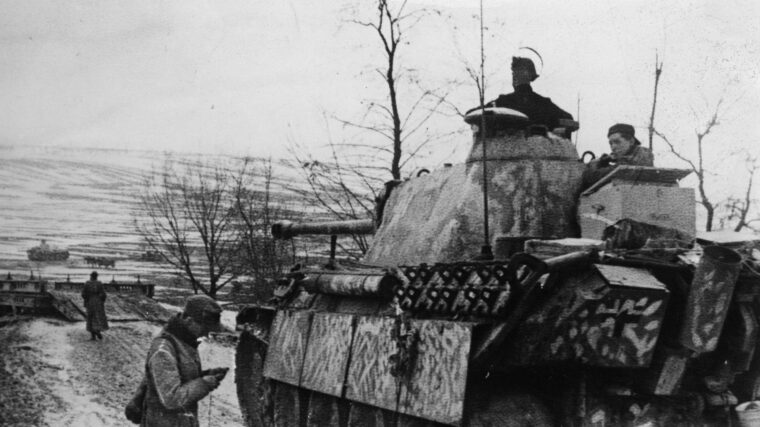
Eastern Front
In January 12, 1945, Adolf Hitler received the news he had been dreading—the Soviet Red Army had launched its winter offensive. Read more
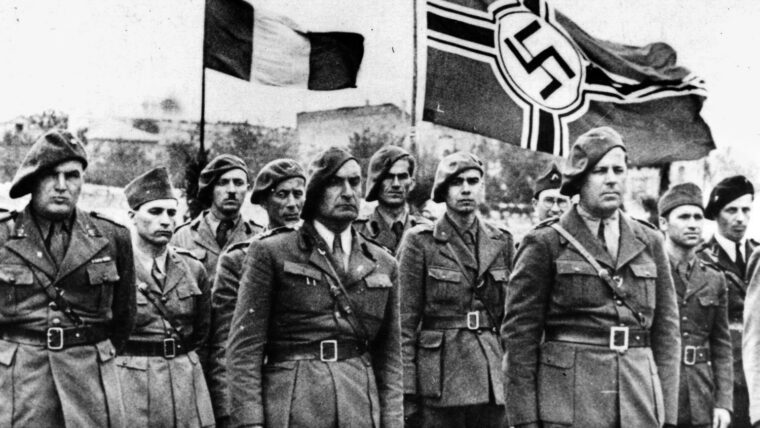
Eastern Front
World War II involved some of the most complex alliance systems in the history of warfare. Read more
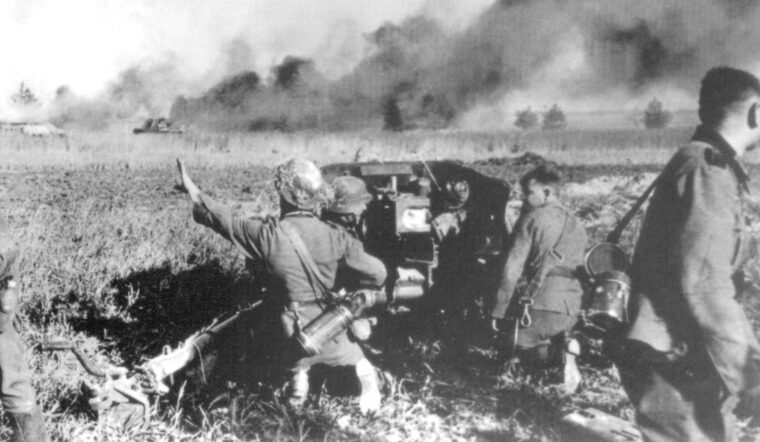
Eastern Front
The American jeep holding the 3rd Belorussian Front Commander, General Ivan Danilovich Chernyakhovsky, drove quickly through the city of Mehlsack, just outside Königsberg. Read more
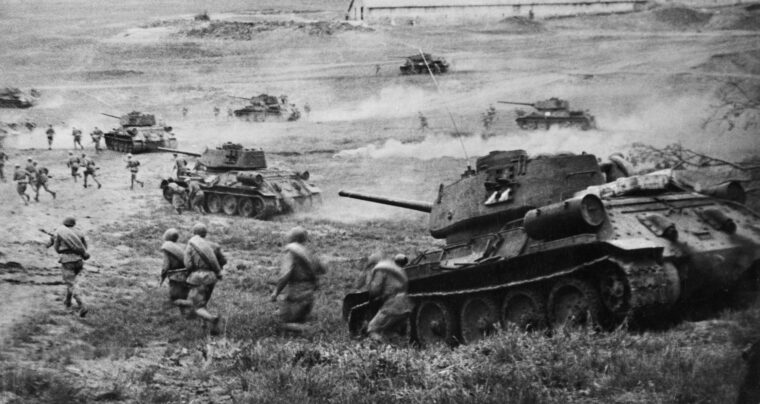
Eastern Front
The city of Ternopil, located on the eastern bank of the Seret River, was founded in 1540 as a Polish military stronghold. Read more
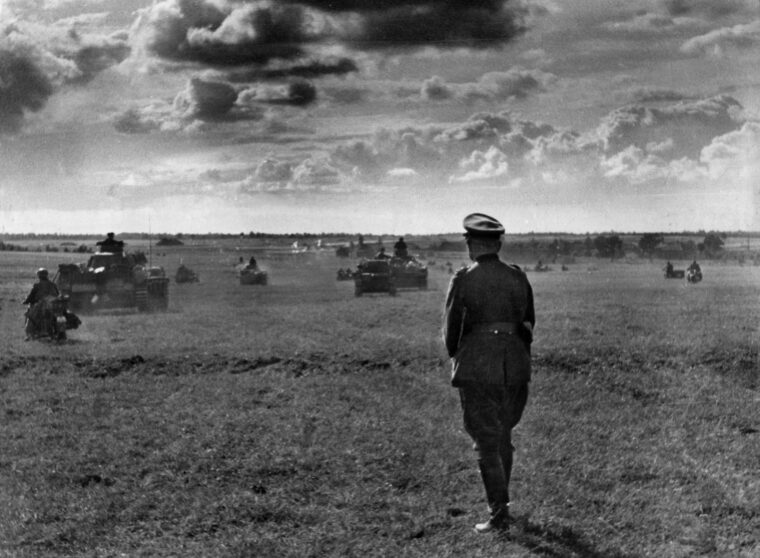
Eastern Front
Hitler was enraged as he stalked his way around the room during the waning months of World War II. Read more
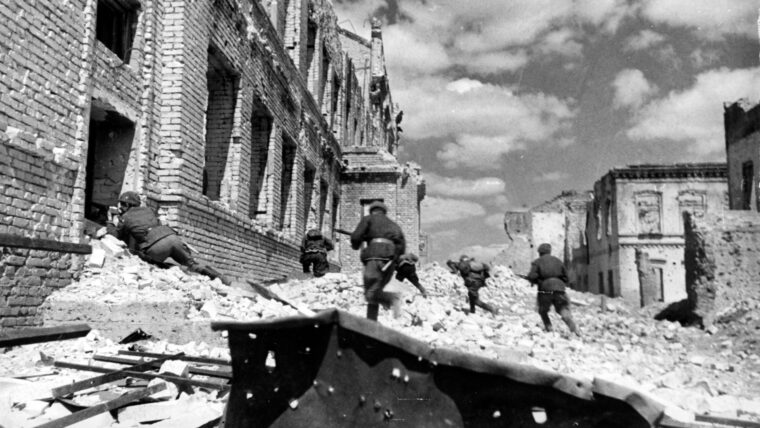
Eastern Front
After Adolf Hitler’s audacious invasion of Russia finally ground to a halt in December 1941 on the forested outskirts of Moscow, the exhausted German Army stabilized its winter front in a line running roughly from Leningrad in the north to Rostov in the south. Read more
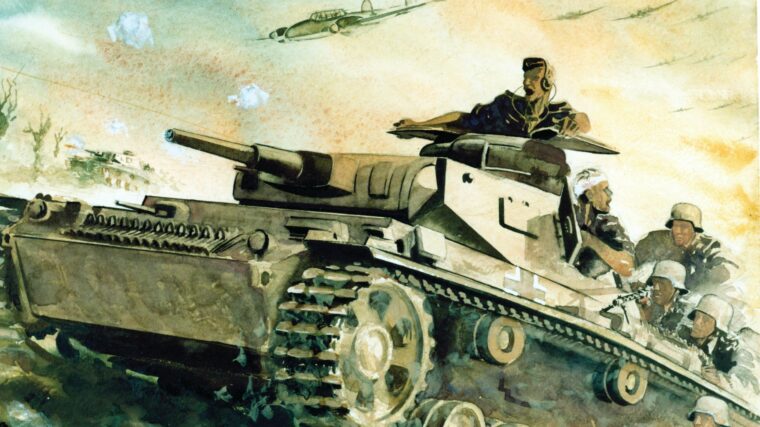
Eastern Front
Adolf Hitler was obsessed with Leningrad. When planning his invasion of the Soviet Union, the Führer demanded that the capture of the city, which he regarded as the cradle of Bolshevism, be one of the top priorities of the campaign, giving it precedence over the capture of Moscow. Read more

Eastern Front
By 1939 the German Reich possessed 3,800,000 horses to be used in WWII German cavalry while 885,000 were initially called to the Wehrmacht as saddle, draft, and pack animals. Read more
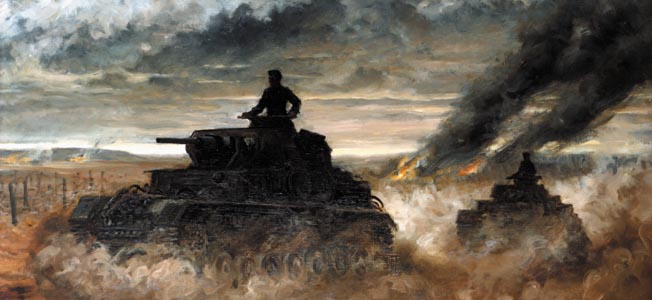
Eastern Front
With the German Sixth Army destroyed at Stalingrad, the Soviet juggernaut lunged west and southwest across the River Donets. Read more
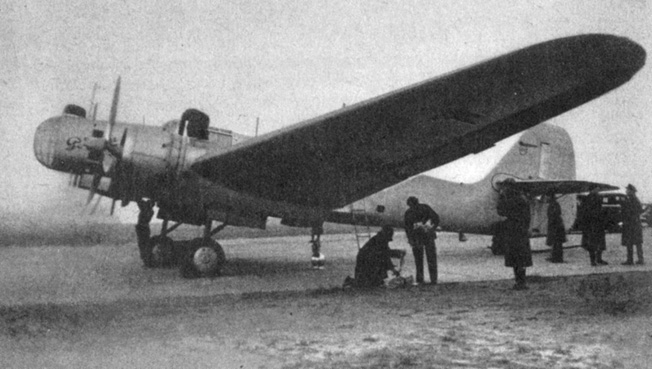
Eastern Front
During the last weekend of September 1938, the attention of the world’s capitals was transfixed by the diplomatic pas de deux Adolf Hitler and Neville Chamberlain were enacting to determine the fate of Czechoslovakia and ultimately the world. Read more
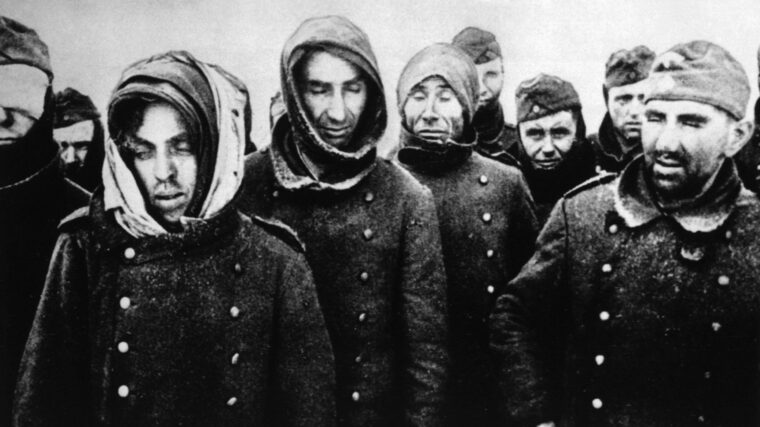
Eastern Front
Gottfried P. Dulias was a young Luftwaffe pilot who had seen plenty of action in the skies above the Eastern Front. Read more
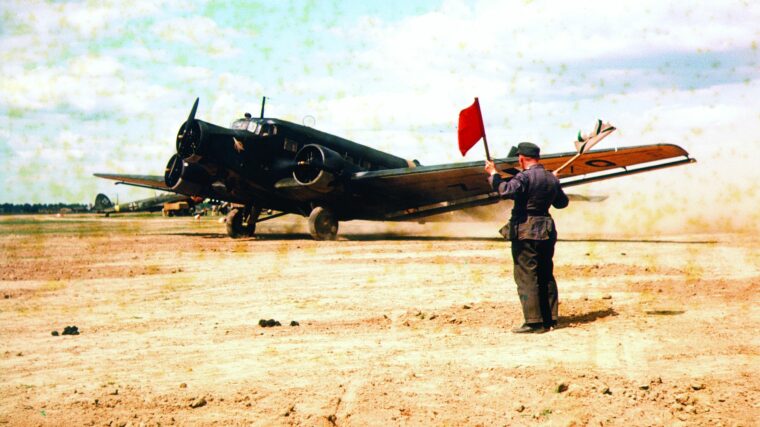
Eastern Front
Shortly before dawn on May 20, 1941, a flight of 500 transport planes took off from seven airstrips on mainland Greece. Read more
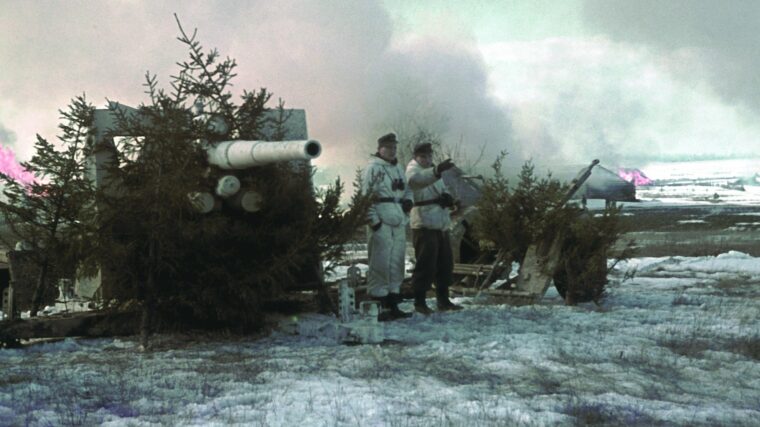
Eastern Front
At first, it was all about the ore. Magnesium, iron, and manganese ore were the lifeblood of German industry, especially the armaments industry, which used the iron and manganese to produce steel for Hitler’s war machine. Read more
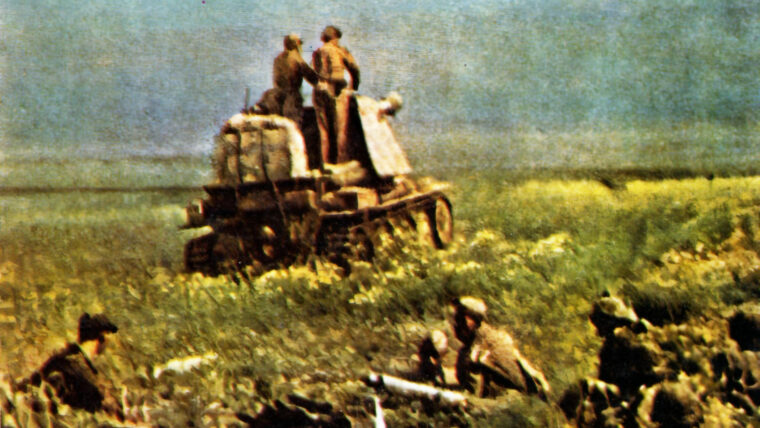
Eastern Front
On the second day of Adolf Hitler’s bold invasion of Russia in June 1941, the Germans were confronted with one of their most glaring shortcomings in weapons and armament. Read more
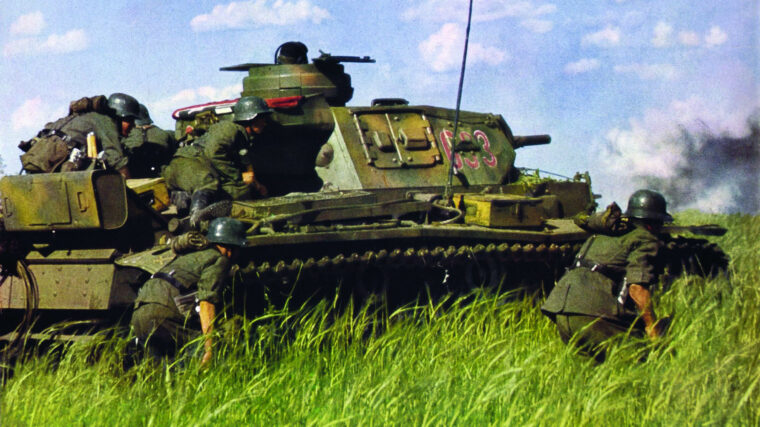
Eastern Front
After crushing the first-line Soviet armies in brutal three-week cauldron battles at the border, the steamroller of German Army Group Center continued deeper into Soviet territory during the opening days of Operation Barbarossa, the invasion of the Soviet Union, which began on June 22, 1941. Read more
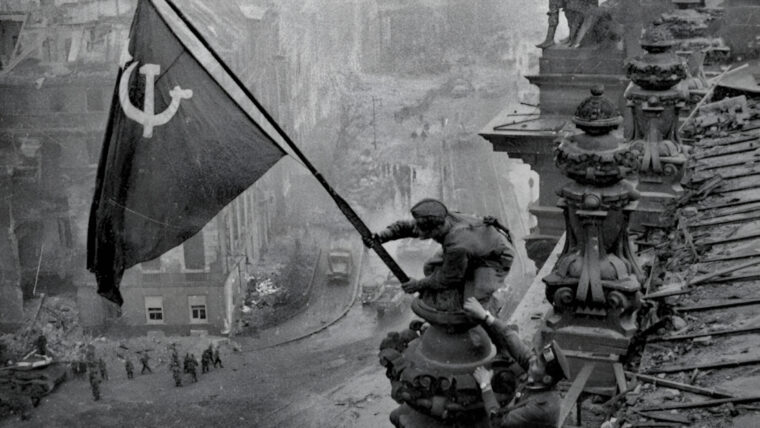
Eastern Front
The image of Red Army soldiers hoisting their hammer and sickle emblazoned banner atop the Reichstag, the seat of the German parliament, is a classic photo of World War II, an image that told the world Nazi Germany was at last finished. Read more
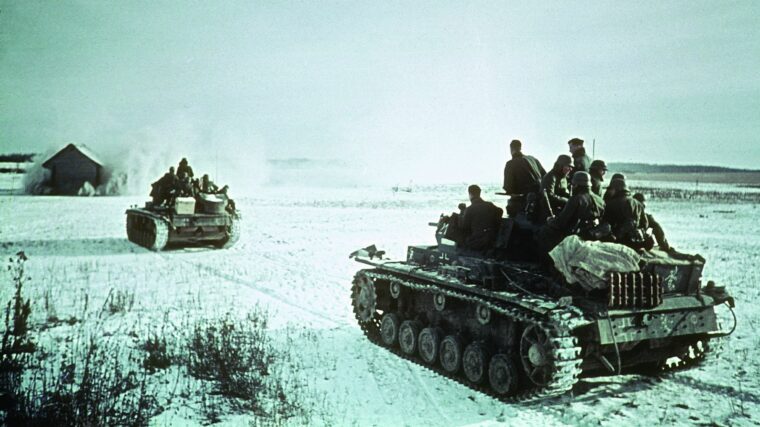
Eastern Front
The war map gave Adolf Hitler every reason to be confident. Operation Barbarossa, Germany’s invasion of the Soviet Union begun on June 22, 1941, had succeeded spectacularly on nearly every front. Read more